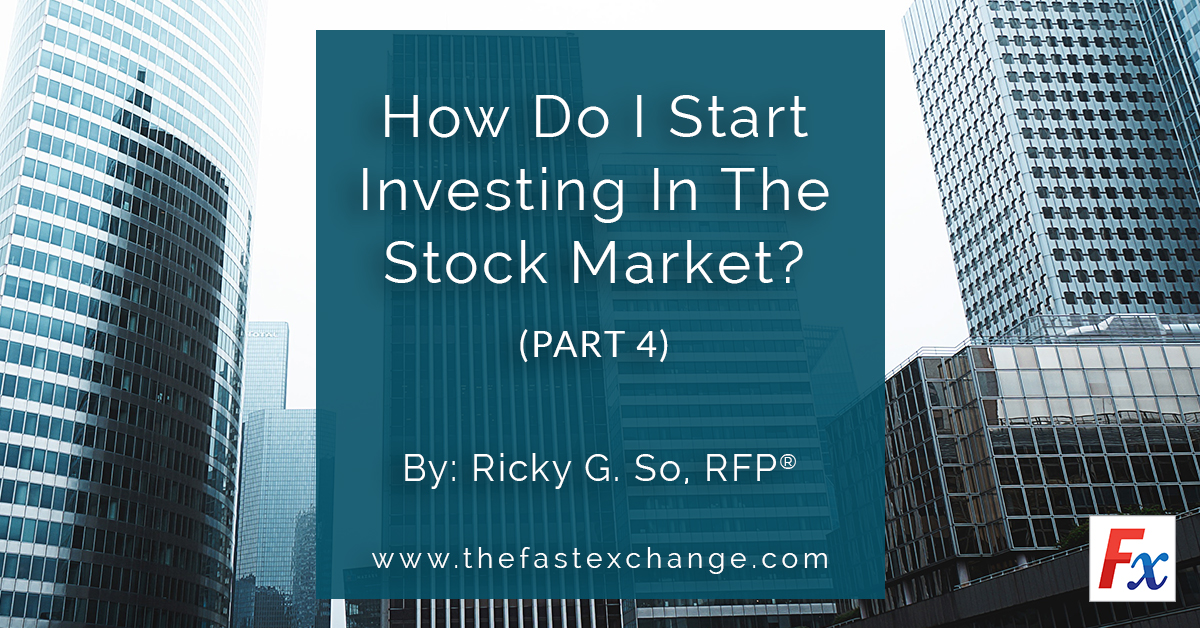
The next thing to know is the order system. While some might think which stock to buy should be the next topic, wait until you know the types of orders. We are discussing this prior to analyzing which stock in order to connect the topic from the previous articles on board lot and the tables.
The actual buying and selling of stocks is preceded by placing an order. Even if one knows what stock to buy initially, the placement of order will be bit relevant. For full service brokers, when one calls the broker and wants to buy a stock. The broker will ask whether “buy up” or bid? Others will ask, if you will place a limit order or a market order? The former is laymans’ while the latter is the technical one. What is the difference? A limit order is simply asking for a specific price to buy, usually lower than the current market price of the stock one is eyeing. This is similar to the bid or negotiating for a lower price. The nice thing about limit order is that one is able to buy the stock at a desired price – usually lower than what the current price is. However, the risk is that the price may not go down to one’s bid price and resume an uptrend. Market order on the other hand ‘buys up’ whatever price the seller is asking. This will ensure that one’s order will be filled or transacted.
The next question is when does one place a market order or a limit order? Well, it depends on the situation. Generally, when the market is upbeat, one can consider “buying up” the market so as to ride the momentum and perhaps ensure a position in the market. But when one is uncertain or cautious as the market is going sideways with a bias to move lower, then a limit order may be suitable.
For those doing online, what may be seen is a bit different from different brokers. But typical is a bid and offer table. Sometimes, one would see ‘bid and ask’. Where the “bids” represent the buyer’s price and the offer or ask is the seller’s price. In relation to the orders mentioned above, the limit order is essentially placing the order in the bid column. While the market order buy of a stock will automatically hit the offer or ask price.
The third kind of order is a stop limit. Only very few brokers have this facility, but it is an added feature if they decide to do so. Stop limit is an order to automatically stop or cut a buy position when the market goes adverse or downwards. Stop limit is essential very helpful for those who may not have the time to monitor the market. It is meant to minimize the loss but more importantly to employ the plan without hesitation due to emotions. Therefore, putting a stop limit lower than the limit order to buy, is a plan. Because as the price goes up, it is easier to decide to take out a profit than a loss. However, if one puts up a limit order to sell, higher than the buy price is equally possible.
Another reason to put a limit order is when you see the number of bids is less than the number of offer or ask. Meaning there are more sellers than buyers. So one would like to buy at a lower price. This is despite the market may be on an uptrend. On the other hand, if one sees that there are more buyers than sellers, one may consider a market order or bid up to be able to buy. For if one places a limit order, the chance of buying is slim because one’s order will be queued. The opposite is the same when the market is going down.
Limit orders last for the whole duration of the trading session, one day. What if your order is not filled then you would like to encode the same order the following day? And the following day, same thing happens, unable to buy. To do away the frequent placement of limit orders, one can elect to do a GTC order in tandem with the limit order. GTC stands for Good Till Cancelled. This means that the order will be automatically placed the succeeding sessions if it is not filled or transacted unless the client cancels the order. As the name implies it is Good Till Cancelled by the client not by the broker. However brokers employ different policies with regard to GTC, some has a 6 month policy after which, the broker will cancel it. Sometimes the life of a GTC order last 3 months. Other brokers employ GTW, Good Till the Week; or GTM Good Till the Month. These are local variations only. In more advanced markets, it is just the GTC, Limit, Market and Stop Limit. While there more types of orders, it may not be significant of a novice trader or investor. The next article will be about stock selection.


Leave a Reply